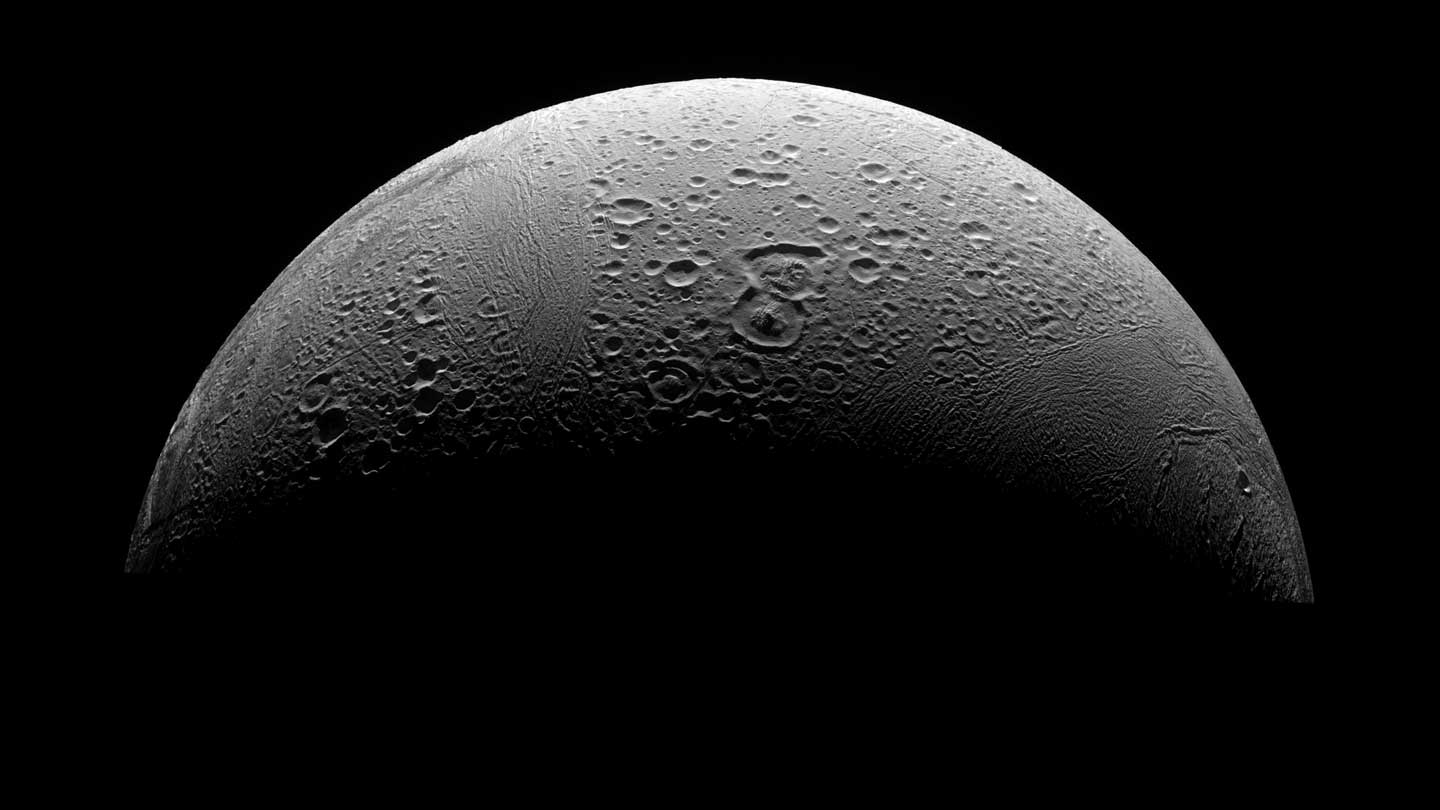The last important component of life has been discovered on Saturn’s icy moon Enceladus. Analysis of data from NASA’s Cassini spacecraft proves that Enceladus’ subsurface ocean does contain an important nutrient, phosphorus. This element is a vital building block of life, used in DNA and RNA. Moreover, its concentration there can be thousands of times greater than in the Earth’s ocean. The discovery was announced by planetary scientist Yasuhito Sekine at the meeting of the American Geophysical Union on December 14.

According to Sekine of the Tokyo Institute of Technology, this important element may also be present on other icy worlds, which promises to simplify the search for extraterrestrial life.
“We knew that Enceladus contains most of the elements necessary for the formation of life: carbon, hydrogen, nitrogen, oxygen and sulfur. Now that phosphorus has been found on Enceladus, the satellite has fully fitted all the criteria for a habitable ocean,” Morgan Cable explains, an astrobiologist at the Jet Propulsion Laboratory in Pasadena.
The most probable place to find life
Many researchers consider Enceladus to be one of the most likely places to find extraterrestrial life. The probability of the existence of life on this Saturn’s moon is even greater than on Jupiter’s moon Europa. It is a world enveloped with ice covering an ocean of salt water. In 2005, the Cassini spacecraft observed geysers spewing steam and ice grains from Enceladus’ icy shell. Scientists have discovered organic molecules in this space spray.
But until now, researchers weren’t sure if phosphorus existed on the satellite. The element is relatively rare on the Earth’s surface. Most of the phosphorus is concentrated in minerals, and its presence often determines the rate at which life reproduces. So Sekine and his colleagues analyzed chemical data collected by the now-defunct Cassini in Saturn’s ring E, which consists of materials ejected from Enceladus’ jets.
The researchers found that some of the ice particles in the ring E are enriched with a phosphorus compound called sodium phosphate. They calculated that a kilogram of water from Enceladus’ ocean contains about 1 to 20 millimoles of phosphate, a concentration thousands of times higher than in Earth’s oceans. At the bottom of Enceladus’ subsurface ocean, phosphate may form as a result of a reaction between seawater and the phosphate-rich mineral apatite. It is often found in carbonaceous chondrites, the material that underlies the formation of rocky planets.
According to the scientist, all these discoveries indicate that Enceladus may be the most comfortable place in the solar system after Earth for any potential alien organisms.
Previously, we reported on how data about life on icy satellites is transmitted to Earth.
According to Science News

